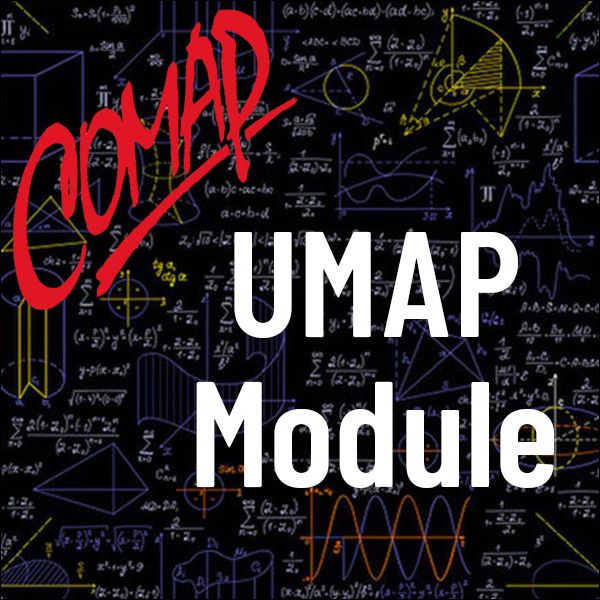Lagrange Multipliers and the Design of Multistage Rockets (UMAP)
Author: Anthony Peressini
A unit that uses Lagrange multipliers to compute the minimum total mass of an n-stage rocket capable of placing a given payload in an orbit at a given altitude above the earth's surface. Upon completion of this module students will be able to understand: 1) the derivation of the rocket equation; 2) the computation of the velocity increment provided; 3) how Lagrange multipliers show that three-stage rockets are the best practical choice among multistage rockets for earth-orbit missions.
Table of Contents:
1. SOME BASIC DESIGN QUESTIONS FOR MULTISTAGE ROCKETS
2. SINGLE-STAGE ROCKETS
3. OPTIMIZATION IN MULTISTAGE ROCKET DESIGN
4. REFERENCES FOR FURTHER READING
5. SOLUTIONS TO EXERCISES

Mathematics Topics:
Application Areas:
Prerequisites:
You must have a Full Membership to download this resource.
If you're already a member, login here.